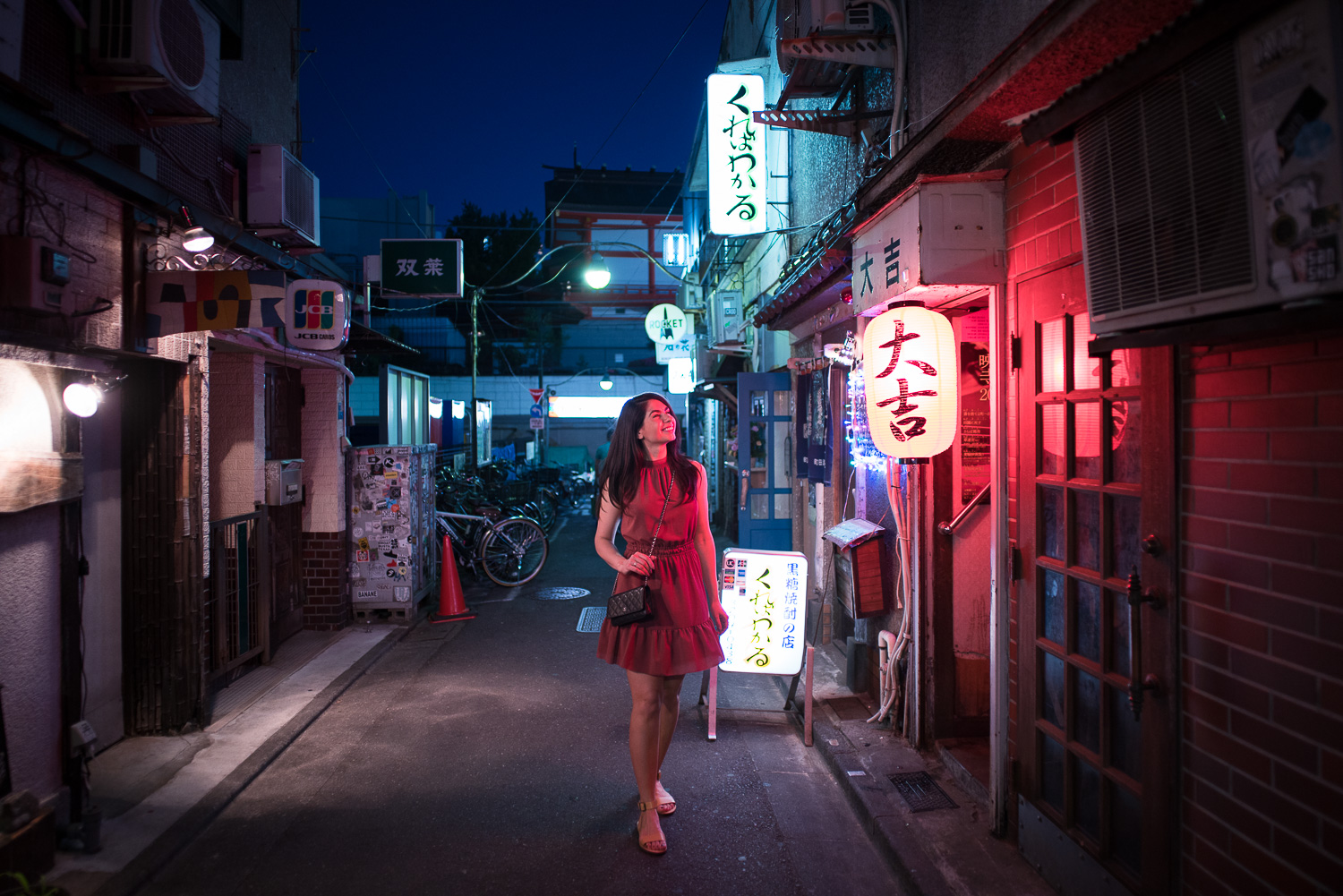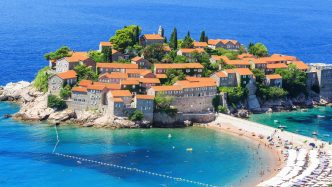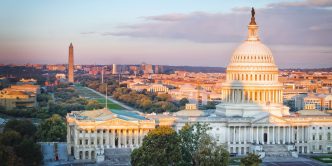Shinjuku Golden Gai
Shinjuku Golden Gai (Japanese: Xin Su gorudenJie , Hepburn: Shinjuku goruden-gai). It is a tiny area that is located within Kabukicho, Shinjuku, Tokyo, Japan. It is composed of six narrow alleys that are connected. By passageways that are enough for one person to travel through. There are over 200 shanty-bars as well as eateries and clubs are packed into this space.
Alleys can be considered privately owned roads they are and not public ones. In this zone, taking videos and photographs for any reasons on the street is not permitted without the permission of the business promotion group.
Streets cape
Golden Gai is a few minutes away just a few minutes’ walk from The East. Exit of Shinjuku Station located situated between the Shinjuku City Office and the Hanazono Shrine. Its architectural significance is that it gives the visitor with a glimpse into the recent history of Tokyo in the past, when large areas of the city looked like the today’s Golden Gai, particularly in regard to the narrow roads and the small two-story structures. The majority of the area surrounding it has been transformed: The street layouts are being revised to make more spacious roads and bigger areas for building, and the majority of the buildings are now significantly bigger high or medium-rise structures. This leaves Golden Gai as one of many instances of the character of Tokyo prior to the country’s” economic miracle” which took place in the second part of the 20th century.
Most of the time, these buildings are only a few feet in width. And are constructed so close to the adjacent to them that they almost meet. They are usually two stories, with the smallest bar on the street, with a bar, or a small rectangular upstairs that is reached via the steepest set of stairs. The bars aren’t particularly large. Some are so tiny that they are able to accommodate only five or six customers in one sitting. The bars are usually shabby, and the areas are dimly lit making the area appear unclean and worn-out appearance. But, Golden Gai is not an affordable drinking spot and the crowd they attract is typically wealthy.
Bars
The bars that are located in Golden Gai are known in particular for their artistic connections of patrons. Golden Gai is well known as a place to meet artists, musicians writers, directors, academics, and actors, which includes many famous people. Most bars have regular customers who are initially introduced by a regular patron. However, many bars are open to non-regulars. Some even attempt to attract international tourists by posting the price list and signs that are in English. Bartenders in some bars may be from abroad..
A lot of bars have specific themes for example, the jazz genre, R&B and karaoke flamenco, or punk rock and their shabby walls are sometimes adorned with film, movie, as well as concert-related posters. Some cater to patrons with particular interests, for example, going, exploitation films or racing horses. Most bars do not open until around 9 or 10 pm The area is still during the daytime and into the evening.
Golden Gai History
Golden Gai was known for prostitution prior to 1958, the year that the practice was banned in 1958. Since then, it has been developed as a place to drink, at least a few bars traced-back to the 60s. The 1980s saw a lot of structures in Tokyo were destroyed by the yakuza. The property could be purchased by developers, however Golden Gai survived. Because some members of its patrons had a turn guarding the area in the night.






